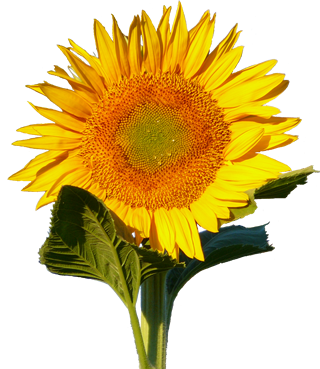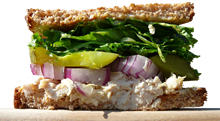
Garden and Plate
The Molecular Biology of Nutrition












There are several different kinds of peppers to choose from when deciding what to plant, but you can start by dividing them up into two main catagories: the hot and the sweet. I usually choose the Jalapeno for my hot pepper, and the Bell for my sweet selection. There are many other choices for hot peppers, from the relatively mild Hatch chiles, to the very hot Habanero. I prefer the Jalapeno peppers because they are hot enough for my tastes, but not too hot. I like them diced up in my scrambled eggs. On the sweet side, if you decide on the Bells, as I usually do, there's still many choices to make. The Bells come in many colors and sizes. I usually grow the Yolo Wonder Bell peppers.


There's a misconception that red peppers are hotter than green ones, because we associate the color red with hotness. I've found that this isn't the case with Jalapenos. They start off green, turn black, then finally red. They are just as hot in every color. Bell peppers start off green, then ripen into red, orange, or yellow, depending on their type, but are always sweet. I have noticed, however, that small Jalapenos are hotter than larger ones, and most of the capsium that makes them hot is located on the seeds. If you like your Jalapenos hot, leave the seeds in them. If milder, remove the seeds.
The Bell peppers (and most, if not all sweet varieties) aren't as hardy as the hotter varieties. I don't know if all hot varieties are as hardy as the Jalapenos, but I've found that the Jalapenos stand up to extremes of both hot and cold temperatures much better than the Bell peppers. While a hard freeze will kill either plant, the Bell peppers always die when it gets cold in the Phoenix winters. I've had two Jalapeno plants in different parts of the yard last four years before a hard freeze killed them.
During the hot summers the Jalapeno plant stops producing peppers, but the small leaves stand up to the heat much better than the much larger Bell pepper leaves. The Bell pepper plants wilt in the summer heat, and must be protected with shade if they are to survive the summer months. If they do survive, it's worth the effort. The Bell pepper plants recover in the fall, and I usually get a better crop in the fall than I do in the spring. Peppers are in the same family as the tomatoes, and are subject to the same seasonal limitations in the hot Phoenix desert. The Jalapenos are like the cherry tomatoes, in that they are both hardier than the more fragile sweet peppers and full-sized tomatoes. For this reason, growing Bell peppers in the spring is a race against time. Plant them as early as possible (as soon as the soil warms up), because the sun will blister the peppers when the summer months arrive.

It's easy to grow Bell peppers from seed, but the short spring growing season requires you to get a headstart. You must plant the seeds inside the house in January when it's still too cold, and then transplant them into the garden when it warms up outside. I've done that in the past, but I bought this plant at a nursery on March 8th, and planted it in my garden on the same day. It's a race against time to see if the plant can mature and produce Bell peppers before it gets too hot in early July. The earlier you get it into the garden, the better, but not so early that the cold weather kills it.
Jalapeno peppers start out green and end up red. Sometimes they turn black on the way.

Green Jalapeno peppers. They don't need to turn red, you can eat them now.

If your green jalapeno peppers start turning black, don't worry. Sometimes they go directly from green to red, and other times they turn black first, then red. It might have something to do with the weather.

The Jalapeno peppers on the left are starting to change from black to red. Soon they'll look like the one on the right.

Bell peppers come in many different colors, including green, red, yellow and orange. The Yolo Wonder Bell peppers that I grow start out green, and then gradually turn red.
